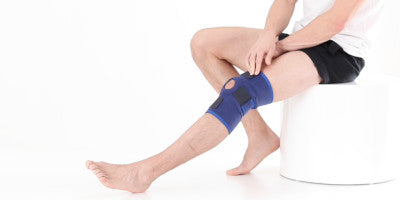High Ankle Sprains (Syndesmosis Injury)
What Are High Ankle Sprains (Syndesmosis Injury)?
A high ankle sprain (syndesmosis injury) is where there is a sprain or rupture of the ligaments that hold the 2 bones that form the lower leg, together (the tibia and fibula). This type of injury can be caused by the foot being forced upwards (dorsiflexed) or by a severe inversion injury.
Common Causes
Common sports that cause these injuries:
- Athletics
- Trampolining
- Soccer
- Netball
Common Signs & Symptoms
Following this injury the common signs and symptoms are:
- Immediate pain and swelling of the ankle particularly around the top, outside part of the ankle
- Pain on weightbearing
- Decreased ROM of the ankle
Condition Management
What should be done following this injury:
- For severe sprains attend the Emergency Room for an assessment as you may need an X-ray to rule out a fracture
- For moderate & minor sprains consult your Doctor or physical therapist. You could use an ankle support to help provide stability to the joint.
- Elevate your ankle
- Use ice or a reusable cold pack to reduce pain and swelling (the recommended time is 10 minutes on with 1 hour off). Never apply ice directly to the skin.















